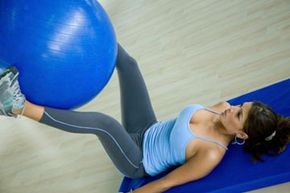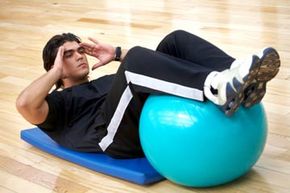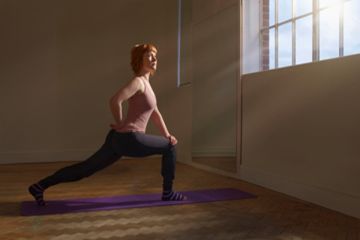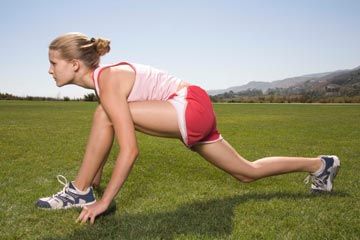In preparing for triathlons, people often go to great lengths to give themselves a competitive edge. They buy the most aerodynamic equipment, train for months and hire experts to analyze their performance. Considering how challenging triathlons are, these are all great strategies.
But many triathletes tend to overlook some very important aspects of training, such as core body strength and flexibility. This is unfortunate considering that deficiencies in these areas are sure to make competing in a triathlon extremely difficult. The good news is that great strides in these areas can be achieved through Pilates, a method of exercise that focuses on building a powerful core and balancing the body.
Advertisement
Triathletes tend to be extremely fit people. They're also usually well-rounded athletes since they need to excel at swimming, cycling and running. For some triathletes, the downside of this extreme fitness can be loss of flexibility and range of motion. It can also result in the disproportionate development of certain areas of the body at the expense of others. This is where Pilates comes in.
In addition to its focus on abdominal fitness, Pilates exercises are designed to lengthen and stabilize major muscle groups and correct imbalances in the body, a common problem for triathletes [source: Pilates.com]. What's more, compared to a lot of triathlon training techniques, Pilates can be relatively inexpensive and easy to perform. In most cases, all you need is a mat and a few minutes of time.
In the next section, we explore some specific ways in which Pilates can benefit triathletes.
Advertisement



